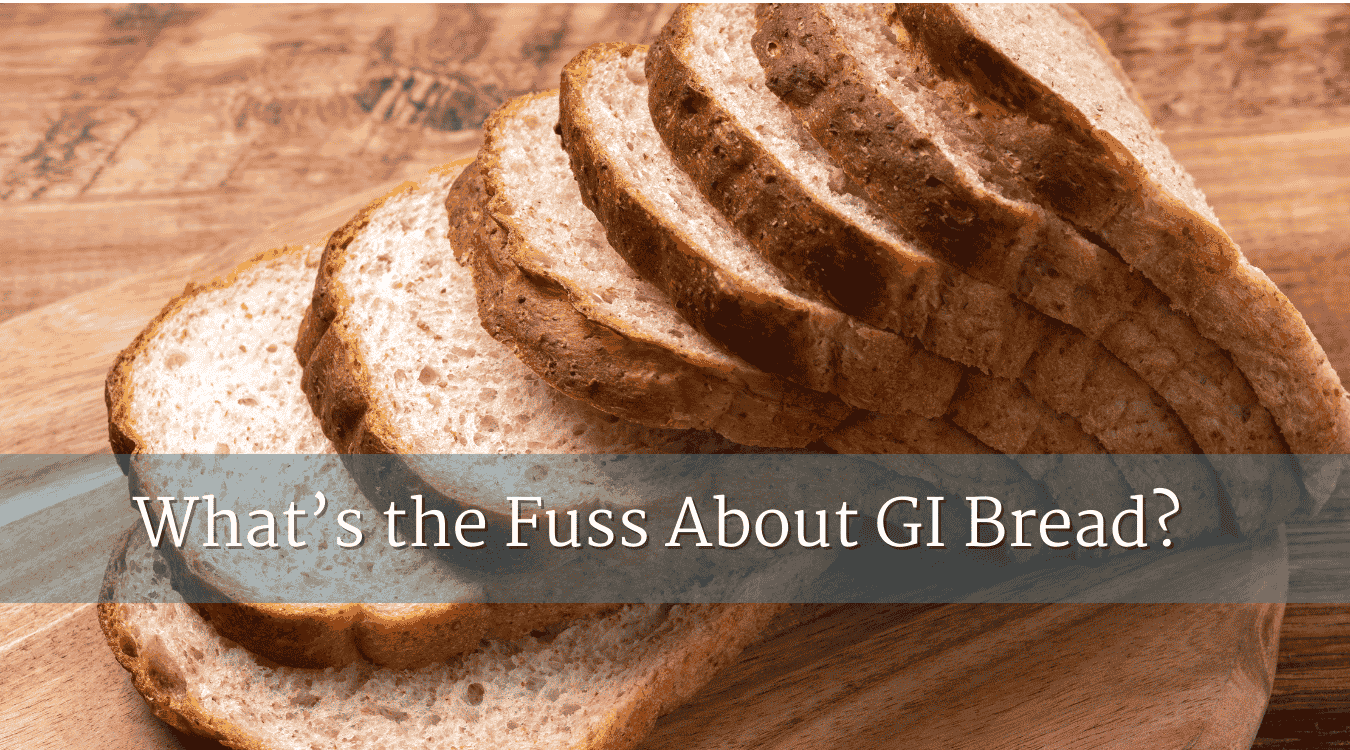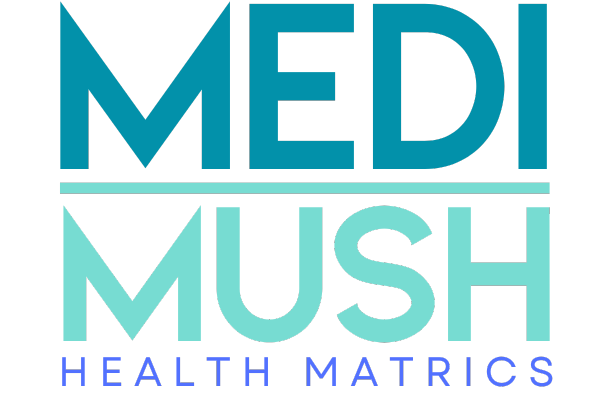
What’s the Fuss About GI Bread?
Ever wondered why some types of bread leave you feeling full and energised while others seem to spike your blood sugar and lead to a mid-morning crash? Enter GI bread, a game-changer for those looking to make healthier choices without giving up their beloved toast or sandwich.
In this blog, we’ll uncover the mysteries of GI bread, including what it is, why it’s considered better for your health, and what makes a bread "low GI." By the end, you’ll know how to spot the healthiest loaves in the bakery aisle and why it matters for your overall wellbeing.
What Is GI Bread?
GI bread refers to bread that has a lower Glycaemic Index (GI) compared to regular white or processed bread. The Glycaemic Index is a scale from 0 to 100 that measures how quickly a food causes blood sugar levels to rise. Foods with a high GI (like white bread or sugary snacks) are digested quickly, leading to rapid blood sugar spikes. In contrast, low-GI foods release glucose slowly, providing steady energy and better blood sugar control.
Key Characteristics of GI Bread:
- Made with whole grains or stone-ground flours.
- High fibre content, which slows digestion.
- Often contains seeds or nuts for added nutrients.
- Can include natural sourdough fermentation, which lowers the GI.
Why Is GI Bread Important?
The benefits of switching to GI bread go beyond just avoiding sugar spikes. Here’s why it’s worth considering:
- Better Blood Sugar Control: Ideal for people with diabetes or those at risk.
- Longer Satiety: Keeps you fuller for longer, reducing unnecessary snacking.
- Improved Energy Levels: Prevents the dreaded "sugar crash."
- Weight Management: By promoting satiety, it can help with portion control.
What Is a Low GI Bread?
A low GI bread has a Glycaemic Index of 55 or less, making it a healthier alternative to most supermarket staples. But not all breads marketed as "healthy" are truly low GI. To identify a low GI bread, look for:
- Whole Grain Flour: Breads made from whole wheat, spelt, rye, or barley are often lower GI.
- Added Fibre: Ingredients like oat bran, psyllium husk, or flaxseeds help slow digestion.
- Natural Fermentation: Sourdough breads typically have a lower GI due to their fermentation process.
- Minimal Added Sugar: Many commercial breads sneak in sugar, which can raise the GI.
Examples of Low GI Breads
Here are some common types of low GI breads you might encounter:
- Sourdough Bread: Naturally fermented, with a GI of around 53.
- Pumpernickel Bread: Made from coarsely ground rye, GI around 41.
- Multigrain Bread: If made with whole grains, the GI is typically under 55.
- Oat Bread: Often lower in GI due to high beta-glucan content.
GI Bread and Your Health
Switching to low GI bread can have a profound impact on your health, especially if you’re managing conditions like:
- Diabetes: Helps regulate post-meal blood sugar spikes.
- Heart Disease: Linked to improved cholesterol levels due to higher fibre content.
- PCOS (Polycystic Ovary Syndrome): Low GI diets can support hormonal balance.
FAQs About GI Bread
1. Is all whole-grain bread low GI?
Not necessarily. Whole-grain bread can still have a high GI if it’s made with finely milled flours or contains added sugars. Always check the label!
2. How does sourdough bread compare to regular bread?
Sourdough bread has a lower GI because the fermentation process breaks down carbohydrates, slowing glucose absorption.
3. Can low GI bread help with weight loss?
Yes, its slower digestion promotes satiety, making you feel full longer and helping to control calorie intake.
4. Are gluten-free breads low GI?
Not always. Many gluten-free breads are made from starches like rice or potato flour, which have a high GI. Look for gluten-free options made from quinoa, teff, or chickpea flour.
How to Incorporate Low GI Bread Into Your Diet
Switching to GI bread doesn’t mean sacrificing flavour or texture. Here are some ideas:
- Breakfast Boost: Top a slice of sourdough with smashed avocado, poached eggs, and a sprinkle of chilli flakes.
- Healthy Sandwiches: Use multigrain bread with lean proteins, fresh veggies, and a hummus spread.
- Snack Smarter: Pair pumpernickel bread with almond butter for a satisfying, low-GI snack.
Final Thoughts: Why GI Bread Is Worth a Try
Making the switch to GI bread is a small change with big benefits. Whether you’re managing a health condition, looking to stabilise your energy levels, or simply want to make healthier food choices, low GI bread is a delicious and effective step forward.
So next time you’re at the supermarket or bakery, keep an eye out for these nutrient-packed loaves. Your body—and your taste buds—will thank you!



